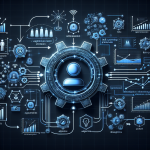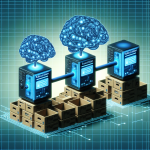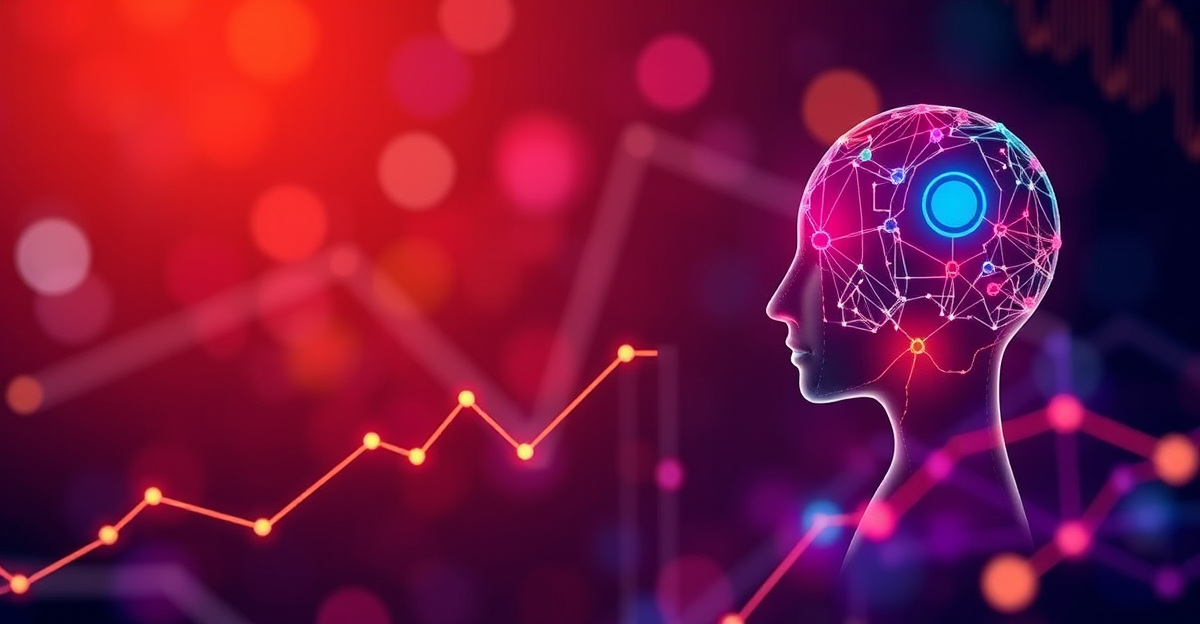Introduction to Predictive Analytics
Predictive analytics is a branch of advanced analytics that uses historical data, statistical algorithms, and machine learning techniques to identify the likelihood of future outcomes. In today’s competitive business environment, companies are increasingly turning to predictive analytics to better understand their customers, optimize operations, and maintain a competitive edge. Among its many applications, one of the most transformative is forecasting customer behavior — a capability that has been significantly enhanced by artificial intelligence (AI).
The Role of AI in Predictive Analytics
Artificial intelligence augments traditional predictive analytics by enabling models to learn from data patterns and make more accurate forecasts. Unlike conventional systems, AI-powered analytics can process massive volumes of structured and unstructured data in real time. From demographic information to clickstreams and social media activity, AI can synthesize diverse data sources to generate actionable insights about customer behavior.
Understanding Customer Behavior Through Data
Accurately forecasting how customers will act—whether it’s making a purchase, canceling a subscription, or returning a product—requires a deep understanding of past behavior. Predictive analytics focuses on identifying key indicators that signal future actions. These data points might include:
- Purchase history
- Website navigation patterns
- Response to marketing campaigns
- Social media interactions
- Customer service interactions
By analyzing these variables through AI algorithms, businesses can identify trends and patterns that aren’t obvious through traditional data analysis.
Key Techniques in Predictive Analytics
Several AI-driven techniques are used in predictive analytics to forecast customer behavior:
- Machine Learning Models: Algorithms like decision trees, random forests, and neural networks enable more refined predictions.
- Natural Language Processing (NLP): AI tools that process text and voice data help understand customer sentiment from emails, reviews, and social media.
- Clustering and Segmentation: Grouping customers based on behavior or preferences allows for more personalized marketing strategies.
- Time Series Analysis: Helps predict behaviors that are influenced by seasonal patterns or time-dependent trends.
Business Applications of AI-Powered Customer Forecasting
Predictive analytics offers a wide range of applications across industries. Some key business uses include:
- Customer Churn Prediction: Identifying customers likely to leave allows businesses to proactively offer retention incentives.
- Personalized Marketing: Crafting tailored campaigns based on customer preferences increases conversion rates and engagement.
- Sales Forecasting: Understanding purchasing behavior helps in inventory management and resource allocation.
- Fraud Detection: Unusual behavior patterns can be flagged early, preventing fraud and reducing losses.
Challenges and Ethical Considerations
While AI in predictive analytics offers impressive capabilities, it also raises concerns. Businesses must address issues such as:
- Data Privacy: Ensuring compliance with data protection regulations like GDPR and CCPA is critical for maintaining trust.
- Bias in Algorithms: Predictive models may inadvertently reinforce existing biases if not properly audited and trained on diverse datasets.
- Transparency: Understanding how decisions are made by AI models remains a challenge, particularly with complex deep learning algorithms.
The Future of Predictive Customer Analytics
As AI technologies continue to evolve, the future of predictive analytics looks bright. Innovations such as explainable AI (XAI), real-time prediction capabilities, and integration with Internet of Things (IoT) devices promise to make customer forecasting even more precise and dynamic. Businesses that invest in these technologies will be better equipped to anticipate trends, meet customer needs, and maintain a forward-thinking strategy.
Conclusion
Forecasting customer behavior is no longer a matter of educated guesses—it’s a data-driven discipline empowered by AI. By integrating predictive analytics into their strategy, businesses can not only react to customer needs but also anticipate them before they arise. With careful implementation and attention to ethical considerations, AI-driven analytics has the potential to redefine how companies connect with and serve their customers.






